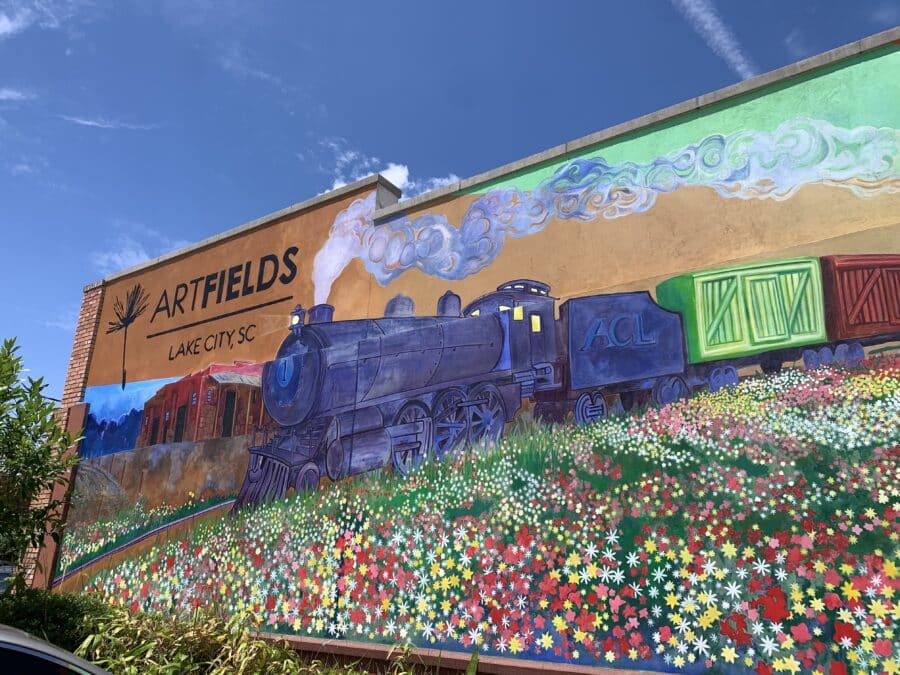According to official USDA census data, the number of farms operated by people of “Spanish, Hispanic or Latino origin” grew from 50,592 in 2002 to 86,278 in 2017, a 70% increase. For her 2019 book The New American Farmer: Immigration, Race, and the Struggle for Sustainability, Syracuse University professor Laura-Anne Minkoff-Zern and her research assistants spoke with more than 70 Mexican immigrant farmers to understand and profile this growing trend. The following is an excerpt from Minkoff-Zern’s book, via MIT Press.
Farming the “Old Way”: Meet the Immigrant Farmers Redefining Organic for Family, Community, and the Future
Many avoid pesticides to protect their health


Carlos and Lorena came to the United States from Michoacán in search of better job opportunities. They came to upstate New York to work in the vineyards, pruning and harvesting in the newly burgeoning wine industry of the Finger Lakes region. Once Carlos was settled in the United States, he wanted to re-create something that reminded him of his life back home in Mexico. He described a place where his family could work and eat homegrown food together, and his children could learn about the value of an agrarian livelihood. When the couple had saved enough money, they began to cultivate their rented land in the evenings after working all day in the vineyards. After almost 10 years, they were able to quit their day jobs and commit to their own farm full time.
Most of the farmers interviewed for this book expressed a desire to farm in a way that helped them develop a sense of place or home in the United States. Key to that home is space where they can produce food to feed their families in a safe and healthy manner, and teach their children about food-growing practices and culture. Farming enables immigrant farmers to re-create a way of life similar to the one they had in Mexico, grounded in food and family. Farmers articulated an aspiration to maintain a smaller-scale, less intensive farming style, and remain living on or near the land they cultivate. In many ways, this vision contrasts with the industrial farms they have worked on as hired laborers and instead resembles the farms they remembered from their own childhoods.
Alternative Growing, or ‘Doing It the Old Way’
David is a certified organic farmer in California. In his hometown in Michoacán, he told me, his family has a long tradition of growing food without synthetic additives, yet he only learned the term “organic” when he immigrated and began working on other peoples’ farms. He worked for fifteen years picking berries for a large conventional berry producer before starting his own farm. He explained that he was hospitalized after being forced back into the fields immediately following a pesticide application while working in the berry fields. It was then that he decided it was time to look for a way to grow without pesticides and other synthetic inputs. He first learned about “organic” as a technical concept when he started as a student in the Agriculture and Land-Based Training Association (ALBA) farmer training course in Salinas. “ALBA was doing a training to learn how to be your own boss and organic farmer. I didn’t know what organic was until I went there and I asked, ‘What’s organic. What does organic mean?’ As I learned what it was,” says David, “I was like, oh, let’s do it the old way.” While he is selling for the market, he notes that many of the crops he grows are inspired by those his father cultivated and were primarily consumed by his family at home. For example, he grows garbanzo beans and oats, which he combines with corn for tortillas, like his mother made when he was a child. “It’s funny, I am telling people all the time that my parents and my brothers, I have six brothers in Mexico, they are organic too, but they don’t know that. They are organic because they don’t have resources to buy fertilizers and all that.”
Most farmers have had some level of negative experiences working with pesticides and fumigants in their previous jobs. They are aware of the risk of the related illnesses, some having had firsthand experience, and do not wish to expose their families. This was mentioned in many of my interviews, and in several instances was the reason they decided to leave their employer and start their own farm. Gabriel is originally from Sinaloa, Mexico. Although he never owned land in his home country, he has extensive experience working in industrial garlic, lettuce, and strawberry production in both Mexico and the United States. Gabriel spoke about his previous work experience in conventional agriculture, observing, “Many pesticides—when we were in the fields the airplanes would fly over us and they would expel, I don’t know how to say it. … But during this time, we weren’t told they were dangerous for us.” After fearing for his own health and that of his colleagues, he knew he needed to grow crops using methods that felt healthier and safer for him.
Feeding and Teaching Family and Community
This alternative style of growing reflects not only an economic choice but also one grounded in a way of life, as it allows farmers to prioritize their family’s consumption and health, oftentimes over capital.
Even when their crop diversity has been reduced due to market pressures, most families still grow a small plot of traditional milpa crops—a combination of corn, squash, and beans—alongside a field of tomatoes or strawberries. Lucia explains: “In reality, if we are to conserve our health, our bodies and our children’s bodies, so they don’t have obesity when they are young, is to return to cooking. Return again to our diet, to eat greens, squash, corn, seasonal fruits.”
Beyond just consumption, these practices are tied to cultural food traditions, rooted in growing, not simply consuming, food. As Carlos told me, “We have an eight-year-old … and we explain to him why he has to eat vegetables, and why they have to be local, and why they have to be organic.” They want to pass on to him their tradition of consuming food that is grown in their community, and held to a high standard for environmental and human safety.
Maria stresses the importance of feeding her broader community as a priority for her in farming. Maria is 50 years old and belongs to a farming cooperative in Minnesota. Although she does not have a background as a farmworker herself, she worked as an advocate for farmworker health before starting her farm. She states that her family and extended community couldn’t afford organic produce in the United States, but they know the difference; they know that is what they want to eat. Her farm sells to a marketing cooperative, which outreaches to larger Twin Cities outlets, but she also conducts direct sales in her immediate community through word of mouth and sometimes by going door-to-door in apartment buildings with large immigrant farmworker populations. Her experience helps her connect the health of farmworkers to that of consumers, as she reflects on her role as both a producer and eater of food. “The more you buy conventional food, the more you support the mistreatment of farmworkers—pesticides are very dangerous. Not just for the workers, but for us who eat the food.”
For these farmers, incorporating their partners, parents and older children on the farm is also directly related to their choice to use limited synthetic inputs. Saul explains, “You can arrive to a field and eat something right there without worrying about having chemicals or some disease. … I compare an organic garden with a backyard; [it] is almost like a family environment.”
Providing their families and communities with food that they produce is part of what drives immigrant farmers to stay in agriculture. This kind of food, which many of them identify as organic, is reminiscent of a diet and way of producing from their own past. It is through extending those practices that their farm becomes a place to continue and root their agricultural and culinary identity.
Excerpted from The New American Farmer: Immigration, Race, and the Struggle for Sustainability by Laura-Anne Minkoff-Zern © 2019 MIT

Laura-Anne Minkoff-Zern is assistant professor of Food Studies and affiliate of the Departments of Geography and Women's and Gender Studies at Syracuse University.
Have thoughts or reactions to this or any other piece that you’d like to share? Send us a note with the Letter to the Editor form.
Want to republish this story? Check out our guide.
More from Barn Raiser








